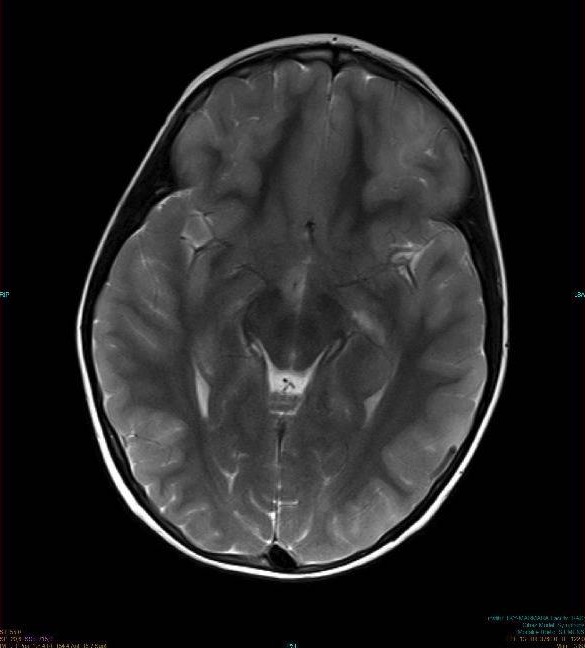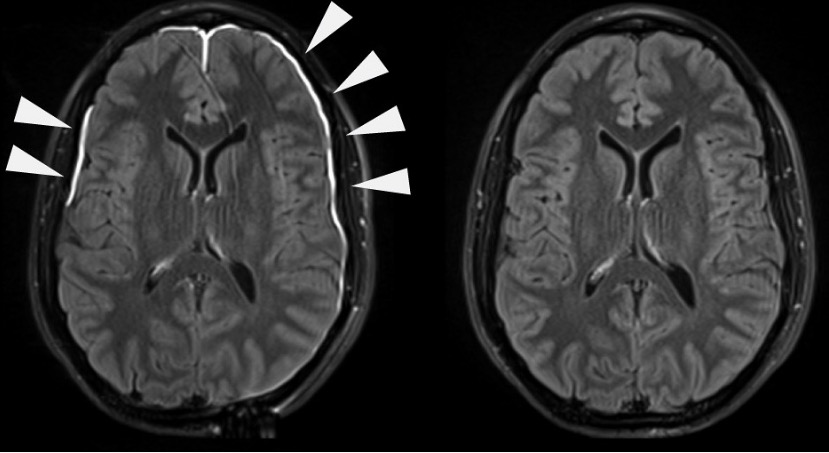Playlist
Show Playlist
Hide Playlist
Introduction to CNS Infections
-
Slides Introduction to CNS Infection.pdf
-
Download Lecture Overview
00:00 Today, we're going to talk about infections of the central nervous system. This is a great topic, a really important one for you to understand and important when evaluating patients particularly in the hospital. Let's start with an introduction to CNS infections. When we think about neurologic disorders, we group them into those that affect the peripheral nervous system and the central nervous system. And there are infections that we see in the peripheral nervous system. We can see infections in the muscle like a pyomyositis or a viral myositis. There are infectious processes that happen in the neuromuscular junction, botulism is one that we'll learn about and think of. In the nerve, we think about polyradiculopathies and viral or infectious polyradiculopathies. And each of those conditions we're going to cover in separate lectures when we talk about the muscle, the neuromuscular junction, and the nerve. In this lecture, we're going to focus on the central nervous system and infections that affect the brain and the spinal cord. And we're going to think of 3 types of infections. We're going to learn about meningitis and what meningitis is and how it presents and the types of infectious organisms and treatments we use to manage meningitis. We're going to talk about encephalitis and what that is and how that presents differently for meningitis, how we can recognize it and the common agents or infectious organisms and treatments. And then we're going to focus on cerebritis, the 3rd type of CNS infection and talk about its similarities and differences with the others. And then there will be a small group of infections, other types of infections that happen in immunocompromised host or in certain specific areas of the country and world that are important to consider in patients presenting with central nervous system infections. So this is what we're going to do over the course of the next few talks.
About the Lecture
The lecture Introduction to CNS Infections by Roy Strowd, MD is from the course CNS Infections.
Included Quiz Questions
Which of the following infections affects the central nervous system?
- Meningitis
- Botulism
- Pyomyositis
- Viral radiculopathy
- Septic arthritis
Customer reviews
5,0 of 5 stars
| 5 Stars |
|
5 |
| 4 Stars |
|
0 |
| 3 Stars |
|
0 |
| 2 Stars |
|
0 |
| 1 Star |
|
0 |





